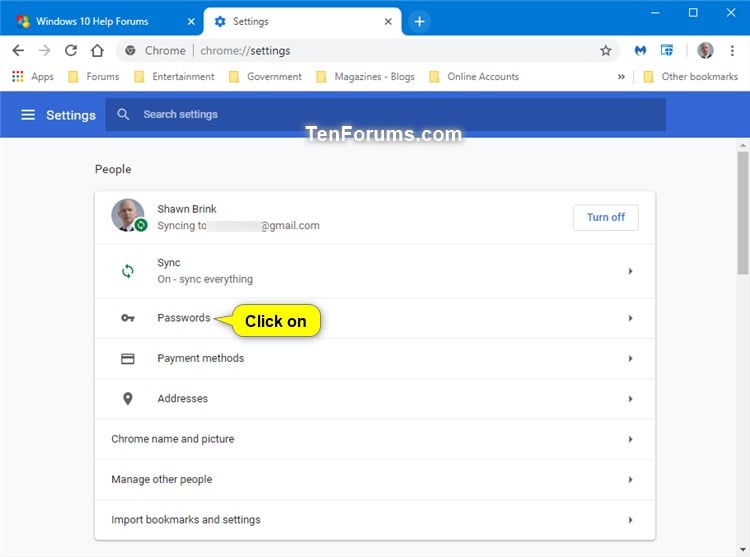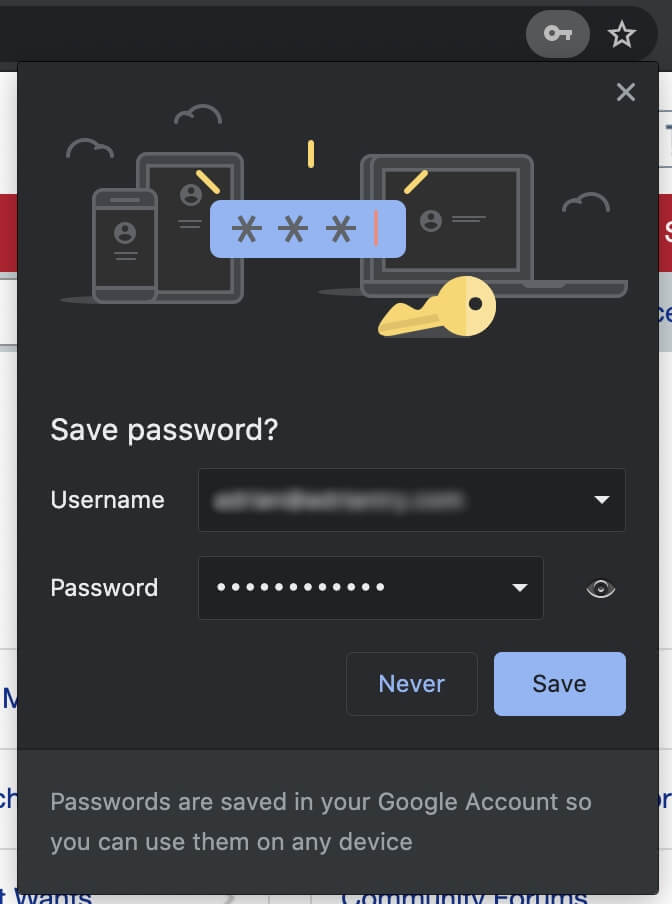

- CHROME SETTINGS PASSWORDS VS PASSWORDS GOOGLE PASSWORD
- CHROME SETTINGS PASSWORDS VS PASSWORDS GOOGLE WINDOWS
Power users might consider RoboForm, which we've sworn by for as long as we remember.
CHROME SETTINGS PASSWORDS VS PASSWORDS GOOGLE PASSWORD
Google Chrome password manager has come a long way and is perfect for the home user. Here you can click the X next to any website, and the next time you visit that website, you'll be prompted again to save the password. Odds are you told Chrome to never ask to save the password.

Never saved is a list of websites that, when prompted, you told Google Chrome not to save the password. The only way to do this is to delete that website, go to that website and log in again allowing Chrome to set it up as a new password. The three dots will allow you to only see the details of that entry and you can't edit these details.
CHROME SETTINGS PASSWORDS VS PASSWORDS GOOGLE WINDOWS
You will need your Windows username and password, not your Google account to see the passwords. Here you can see the Website, Username, and Password. The majority of screen real estate from here is the list of your saved, and never saved passwords. The passwords are not encrypted and are viewable to anyone. Click on that, and you can export your passwords as a CSV file that can be opened with Notepad or WordPad, for example. To the right of the text Saved passwords, there are three dots you can click. If you're relying on Chrome for your passwords, you'll want both on. You can also edit basic settings including Offer to save passwords and Auto sign-in. Īt the top, you can search for passwords in the search box. Scroll down to Autofill and click on Passwords. Sometimes you need to edit, change, manage or even export your passwords.įor this guide, we'll start at the top of settings and work our way down.Ĭlick the three dots in the top right corner and go to Settings.

Google Chrome has a password manager that can save and even enter all of your passwords for you. I think it may be because Google counts "Groups of sites", not only "Sites". If you go to to check, you may find that it is listing less passwords than there were in the CSV file. Go again to Settings/Passwords, click the 3 dots right off "Saved passwords" headline and import! You may now want to go to to check if it is empty.įinally, import the edited file. Select Advanced, Passwords and other sign-in data, and Clear Data. You can do it at Settings/Advanced/Clear Browsing Data.


 0 kommentar(er)
0 kommentar(er)
